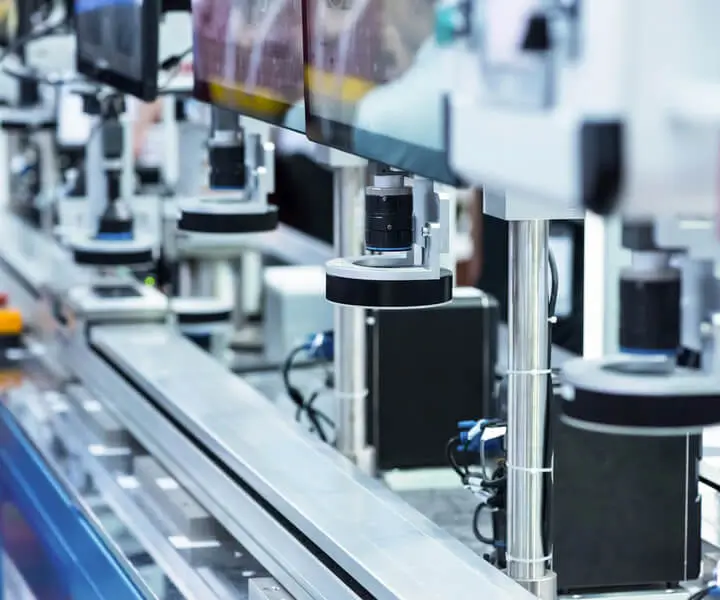When it comes to automation and precision tasks, the importance of choosing the right equipment cannot be overstated. One key component that plays a significant role in many machines, robots, and devices is the servo motor. If you're considering adding a servo motor to your setup, there’s one critical factor you’ll need to consider: the weight capacity.

You might be asking, Why does weight capacity matter? Well, think of it like this: every task a servo motor performs, whether it's rotating an arm, adjusting a mechanism, or controlling a position, requires it to handle specific forces. If a servo motor is rated for a lower weight capacity than the object it’s moving, the motor might struggle, overheat, or even fail. On the flip side, choosing one with a higher weight capacity than needed can lead to unnecessary energy consumption and potentially higher costs.
At KPOWER, we understand that choosing the right motor isn’t always straightforward. There’s a bit of science and art involved. Let's dive into what you need to know.
Why Does Weight Capacity Matter?
The weight capacity of a servo motor directly influences its performance and reliability. If you’re working with heavy loads, you want a motor that can handle the strain without showing signs of stress. Motors with higher weight capacities typically come with stronger gears and better construction, making them more durable in demanding environments.
But here's the catch – Not all tasks need heavy-duty motors. If your job involves lighter, quicker movements, you might not need the heftier options. For example, if you’re operating a small 3D printer or a compact robotic arm, you could probably get away with a lower weight capacity.
How Do You Know Which Weight Capacity Is Right?
When you're selecting a servo motor, you’ll want to keep your system’s overall weight in mind. A common mistake is to focus only on the weight of the object being moved, without considering things like the friction in the system, the angles at which the motor will be working, or the environment it will be used in.
Let’s say you need a motor for a robotic arm. If the arm’s maximum weight is 2 kg, you could assume a motor that can handle 2.5 or 3 kg would work fine. But that’s just the weight of the arm itself. What about the added weight of components like wiring, sensors, or the weight distribution when the arm reaches out at different angles? These factors can change the load on the motor significantly.
So, when you pick a motor, think about all the factors involved. You’ll get better longevity and performance if you pick a motor that has a little extra room to spare.
The Right Motor for the Job
We’ve seen customers go for motors with weight capacities that are either too high or too low, simply because they didn’t consider the full scope of the application. With KPOWER, you don’t need to overthink it. Our motors are designed to handle a wide range of tasks, from precise light-duty applications to heavy-duty ones. Whether you’re controlling a drone, a robotic arm, or a conveyor belt, we have the right fit for you.
Choosing the right motor isn’t just about picking the right weight capacity. It’s about understanding the balance between performance, durability, and efficiency. Too often, people choose based solely on the numbers, but it’s the quality and suitability of the motor to the task that truly matters.
So, if you're looking to get the most out of your project, always consider the whole picture. Ask yourself, “What’s the maximum load I’ll need to move, and under what conditions?” By doing that, you’ll end up with a servo motor that’s not only powerful but also efficient, reliable, and long-lasting.
And remember, if you ever feel unsure about which motor to choose, there’s always expert advice available to guide you. After all, when it comes to performance, there’s no room for guessing.
Leveraging innovations in modular drive technology, Kpower integrates high-performance motors, precision reducers, and multi-protocol control systems to provide efficient and customized smart drive system solutions.




































